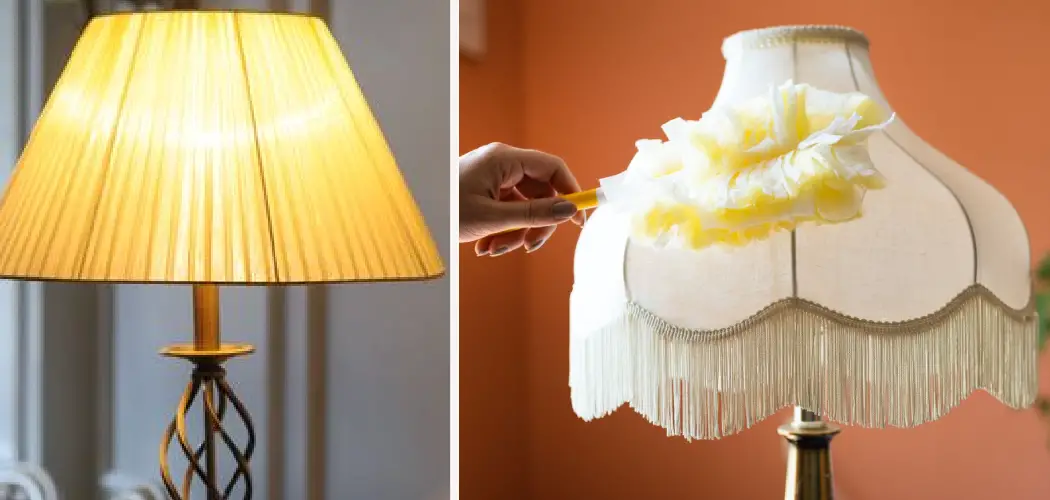A once pristine lampshade can lose its luster over time, succumbing to the inevitable accumulation of dust, grime, and the notorious yellowing effect. Whether it’s due to prolonged exposure to sunlight, smoke, or simply the passage of time, a yellowed lampshade can diminish the overall aesthetic appeal of a room. Fear not, however, as restoring your lampshade to its former glory is a manageable task with the right techniques.
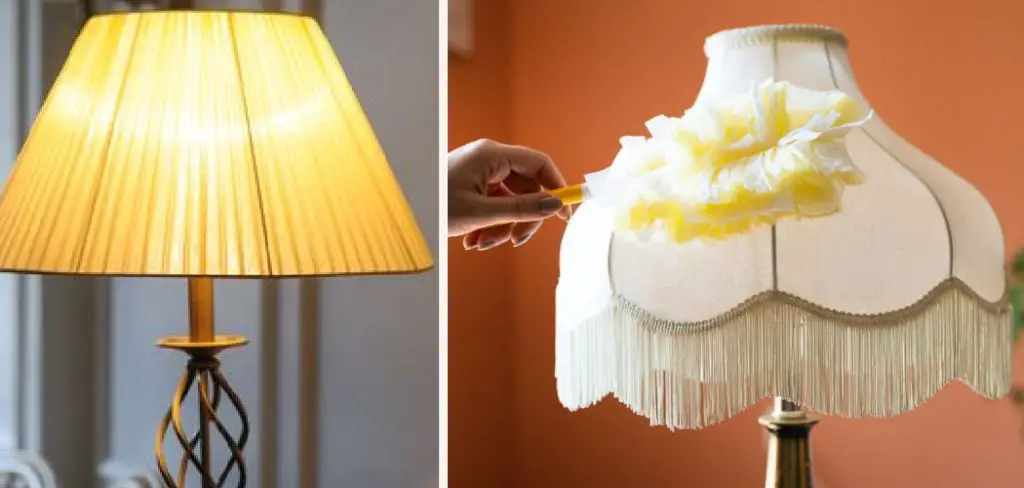
In this guide, we will explore effective methods on how to clean a yellowed lamp shade, offering a range of solutions suitable for various materials, from fabric to plastic or parchment. With a combination of gentle cleaning agents, time-tested tricks, and a little bit of patience, you can revive your lampshade, bringing back its original vibrancy and brightness. Say goodbye to the unsightly yellow hue and welcome back the warm glow of a well-maintained lampshade that complements your home decor.
The Importance of Cleaning Yellowed Lamp Shades
Cleaning yellowed lamp shades is more than just a cosmetic upgrade; it significantly affects the ambiance and illumination in your home. A lampshade free from discoloration and dust not only enhances the overall look of the room but also improves light diffusion, creating a warmer, more inviting space. Regular maintenance ensures your lamp continues to function as an effective light source, maximizing the bulb’s output and ensuring your living spaces are lit as intended.
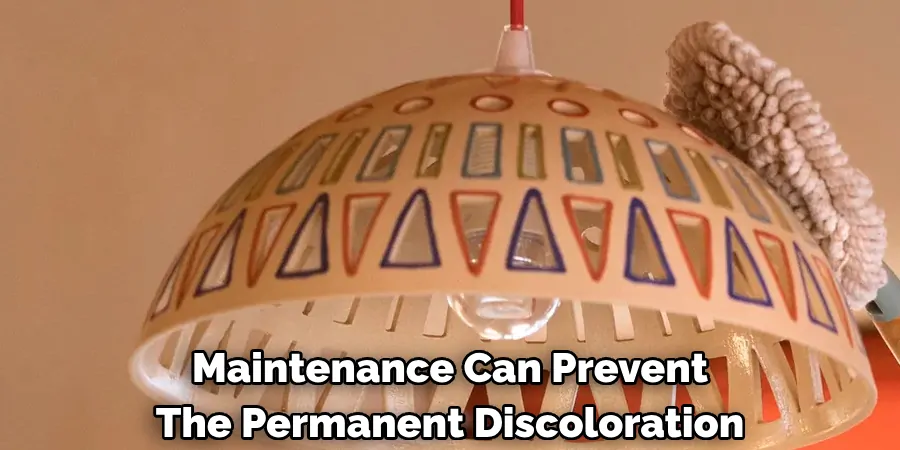
Furthermore, taking the time to clean your lamp shades can extend their lifespan, saving you money in the long run and contributing to a more sustainable home by reducing waste. In essence, the effort put into rejuvenating a yellowed lampshade pays dividends in both the aesthetic and practical aspects of home management.
Benefits of Cleaning Yellowed Lamp Shades
Revitalizing yellowed lamp shades not only enhances the attractiveness of your home but also brings several benefits that improve your living environment. Firstly, clean lamp shades significantly improve light quality, ensuring that the light emitted is bright and clear, thereby enhancing both the functionality and ambiance of a room.
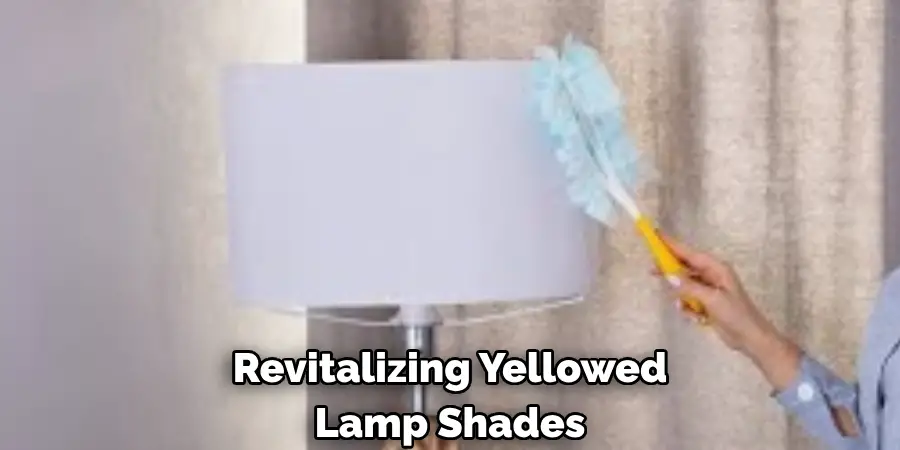
Additionally, by removing dust and grime, you also contribute to a healthier living space, reducing allergens and potential irritants that can affect air quality. Regular cleaning and maintenance can prevent the permanent discoloration of lamp shades, ultimately prolonging their usability and beauty. This not only saves money in the long run by delaying the need for replacements but also supports sustainable living practices by minimizing waste. In essence, the simple act of cleaning your lamp shades can have a profound impact on the aesthetics, health, and sustainability of your home environment.
Causes of Yellowing
Several factors can contribute to the yellowing of lamp shades over time, compromising their appearance and overall effectiveness in lighting your home. Prolonged exposure to sunlight is a primary culprit, as the UV rays can break down the chemical compounds within the lampshade material, leading to discoloration. Additionally, environmental tobacco smoke from cigarettes can deposit tar and nicotine on the surface, further exacerbating the yellowing process.
The accumulation of dust and grime also plays a significant role, especially in areas with high humidity levels, as moisture can bind these particles to the lampshade, making them harder to remove. Furthermore, aging of the materials themselves, such as fabric, plastic, or paper, can naturally lead to yellowing as chemical changes occur over time. Understanding these causes is the first step towards effectively addressing the issue and reviving your lampshade’s original color and brightness.
Types of Lamp Shades Prone to Yellowing
Not all lamp shades are equally susceptible to yellowing; certain materials tend to discolor more quickly or visibly than others. Fabric lamp shades, particularly those made from natural fibers like cotton or linen, are prone to yellowing, especially when exposed to sunlight or smoke. These materials absorb pollutants and moisture more easily, which can accelerate the yellowing process. Plastic lamp shades, especially those made from cheaper, less durable plastic, can also yellow over time due to chemical degradation caused by UV light exposure.
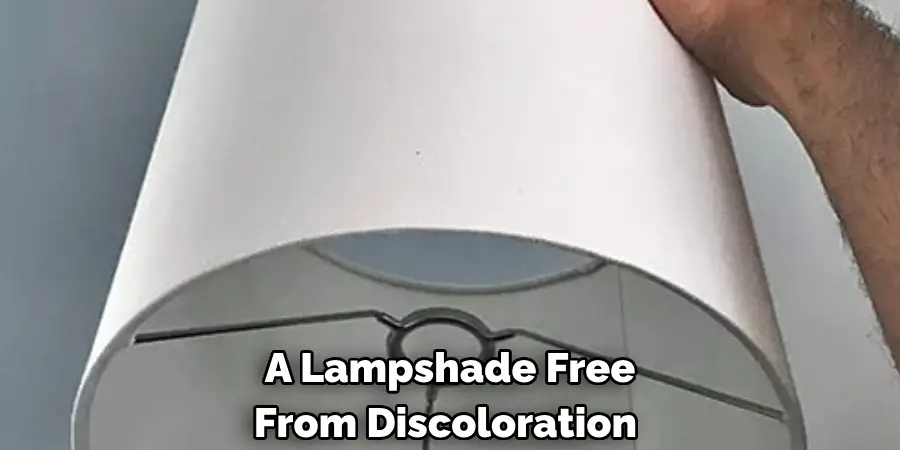
Paper lamp shades are another category that can succumb to yellowing, as the paper can become brittle and discolored with age and exposure to environmental factors. Parchment lamp shades, valued for their unique texture and warm glow, may also yellow if exposed to excessive moisture or direct sunlight. Understanding the types of lamp shades prone to yellowing can help in selecting the right cleaning method and preventive care to keep your lighting looking its best.
10 Methods How to Clean a Yellowed Lamp Shade
Mild Soap and Water Solution:
Begin with the simplest method by creating a solution of mild soap and warm water. Dampen a soft cloth or sponge in the mixture and gently wipe the lampshade’s surface. This method is suitable for fabric, parchment, or plastic lampshades. Ensure that the lampshade is thoroughly dry before returning it to the lamp.
It is recommended to use a mild soap, such as dish soap or hand soap, rather than harsh cleaning agents that can damage the lampshade’s material. Make sure to rinse the shade thoroughly with clean water and gently pat it dry.
When using this method, avoid soaking the lampshade in water as it may cause warping or discoloration. Also, be careful not to rub or scrub the lampshade too hard as it may damage delicate materials.
After cleaning, you can add a fabric or upholstery protector to help repel dust and stains in the future. This will also make it easier to clean next time.
Baking Soda Paste:
For stubborn yellow stains, make a paste using baking soda and water. Apply the paste to the affected areas and let it sit for a few hours. This natural abrasive can help lift stains and brighten the lampshade. Wipe away the paste with a damp cloth and ensure the lampshade is dry before use.
Baking soda has many beneficial uses in cleaning and deodorizing various household items. It is a versatile and natural alternative to harsh chemicals, making it a popular choice among eco-conscious individuals.
Aside from removing stains from lampshades, baking soda can also be used to eliminate odors from the fridge, carpets, and even shoes. Simply sprinkle some baking soda onto the affected area, let it sit for a few hours or overnight, and then vacuum or wipe away the powder. For shoes, you can also place a small amount of baking soda in a sachet or sock and leave it inside the shoe to absorb any lingering odors.
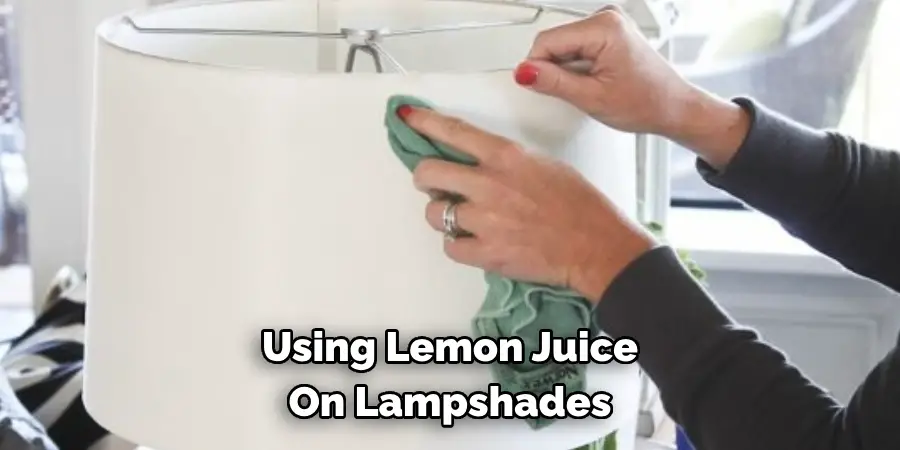
Vinegar and Water Solution:
Mix equal parts white vinegar and water to create a solution that can effectively break down stains and yellowing. Dab a soft cloth or sponge into the solution and gently wipe the lampshade. Be cautious with this method on delicate materials, and always test a small, inconspicuous area first.
To make this solution, you will need white vinegar and water. Mix equal parts of each in a container to create the solution. This method is effective because vinegar is a natural cleaning agent that can break down stains and yellowing on lampshades.
When using this solution, it’s important to use a soft cloth or sponge to avoid damaging the lampshade. Gently dab the solution onto the stained areas and then wipe off with a clean, damp cloth. It’s also recommended to test this solution on a small, inconspicuous area first to ensure that it doesn’t cause any damage or discoloration.
Lemon Juice and Sunlight:
Harness the power of natural bleaching agents by applying lemon juice to the yellowed areas. Place the lampshade in direct sunlight, as the combination of lemon juice and UV rays can help lighten the stains. Ensure the lampshade is well-protected from direct heat to prevent damage.
Lemon juice is not only a great ingredient for cooking and cleaning, but it also has amazing bleaching properties. The acidity in lemon juice breaks down the pigment molecules that cause yellowing, making it an effective natural whitening agent.
In addition to using lemon juice on lampshades, this method can be applied to other fabrics or materials that have become discolored over time. Simply dilute lemon juice with water and apply it to the affected area, then place it in direct sunlight.
Aside from its bleaching properties, lemon juice also has a refreshing citrus scent that can help eliminate any musty odors that may have accumulated on the lampshade.
While using natural remedies like lemon juice and sunlight can be effective for lightening yellow stains, it may not completely remove them. For tougher stains, consider using commercial stain removers or seeking professional cleaning services.
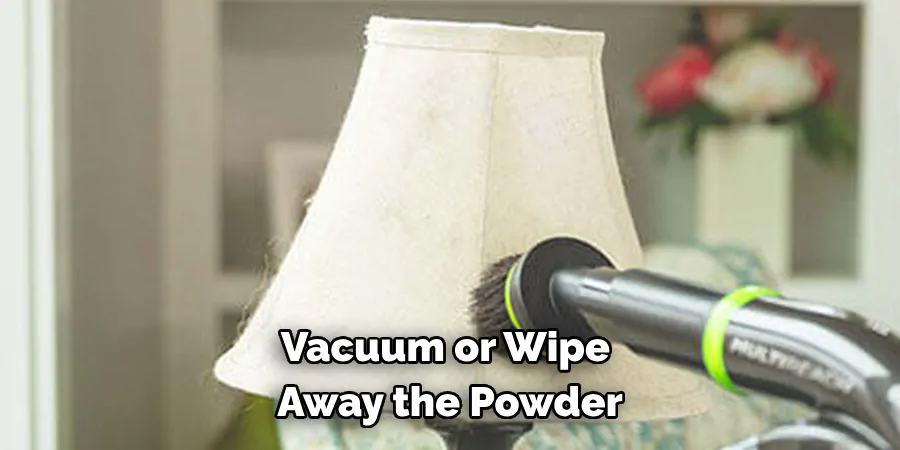
Hydrogen Peroxide for Fabric Lampshades:
For fabric lampshades, hydrogen peroxide can be effective in removing yellow stains. Mix a solution of hydrogen peroxide and water, using a ratio suitable for the fabric type. Dab a cloth or sponge into the solution and gently blot the yellowed areas. Always test on a small, inconspicuous spot first. Over time, the hydrogen peroxide will break down and remove the yellowed stain.
Fabric lampshades are a beautiful addition to any home decor, providing soft ambient lighting and adding texture to a room. However, over time, these lampshades can become stained due to dust, dirt, and other environmental factors. One common issue is yellowing of fabric lampshades, which can be caused by the natural breakdown of fibers or exposure to sunlight. Traditional cleaning methods may not effectively remove these stains, but hydrogen peroxide can be a safe and effective solution.
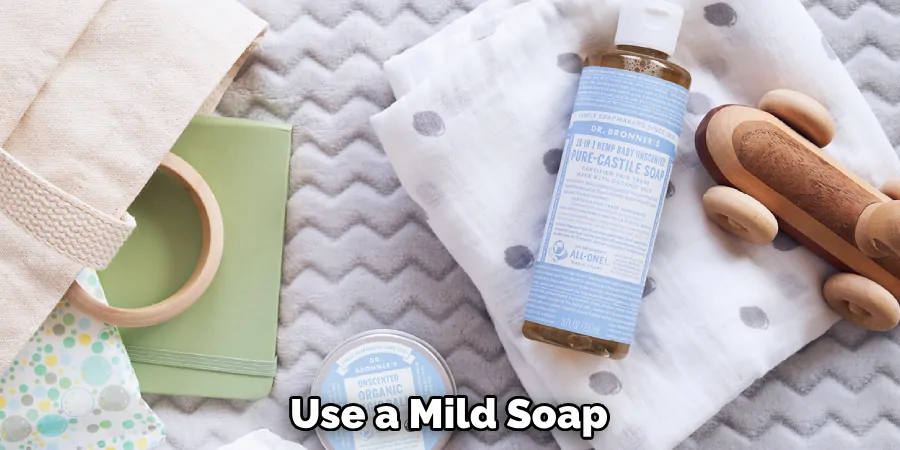
Rubbing Alcohol for Plastic Lampshades:
Plastic lampshades can benefit from rubbing alcohol to remove yellowing. Apply a small amount of rubbing alcohol to a soft cloth and gently wipe the yellowed areas. Avoid excessive pressure, as it may damage the plastic. Ensure proper ventilation when using rubbing alcohol.
Rubbing alcohol, also known as isopropyl alcohol, is a common household item that can be used for a variety of cleaning purposes. It is a versatile solution that has many uses, including removing stains and disinfecting surfaces. One surprising use for rubbing alcohol is to clean plastic lampshades.
Plastic lampshades are prone to yellowing over time, especially if they are exposed to sunlight or other sources of heat. This yellowing can make the lampshade look dirty and old, even if it is regularly dusted and cleaned. Fortunately, rubbing alcohol can help restore the shine and brightness of plastic lampshades.
Oxiclean Soak for White Fabric Lampshades:
Create an Oxiclean solution by following the instructions on the product packaging. Submerge the white fabric lampshade in the solution and let it soak for a specified period. Rinse thoroughly and air-dry. This method is particularly effective for revitalizing white or light-colored fabric lampshades.
In addition to Oxiclean, there are other products that can be used for cleaning white fabric lampshades. One popular option is using a mixture of water and mild detergent. Simply fill a bowl or sink with warm water and add a few drops of gentle detergent. Submerge the lampshade in the solution and gently scrub any soiled areas with a soft cloth or sponge. Rinse thoroughly and air-dry.
Another alternative is using a solution of equal parts vinegar and water. Vinegar has natural whitening properties and can help remove stains from fabric lampshades. Mix the solution in a spray bottle and lightly mist the lampshade, then use a damp cloth to wipe away any dirt or grime.
Gentle Eraser for Parchment Lampshades:
Parchment lampshades require delicate handling. Use a gentle eraser to carefully remove surface stains. Ensure the eraser is clean and free from debris. Avoid excessive pressure, and periodically clean the eraser to prevent transferring dirt back onto the lampshade. For tougher stains, try using a soft cloth dampened with mild soap and water. Gently dab the stained area, being careful not to saturate the parchment. Afterward, let the lampshade air dry completely before gently brushing off any remaining debris.
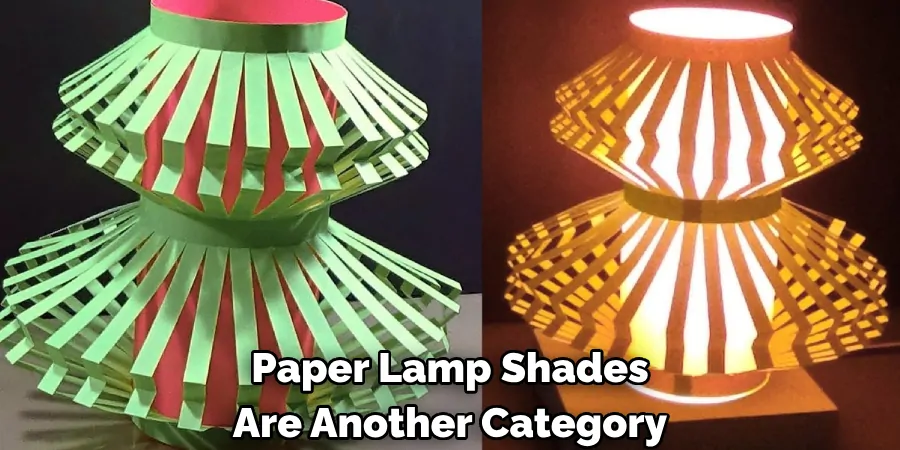
Lampshades are not only functional but also decorative pieces in a room. They add ambiance and style while diffusing light to create a warm and inviting atmosphere. Parchment lampshades, in particular, have a delicate and natural appearance that complements various types of interior décor. However, due to their porous nature, they can easily accumulate stains from dust, dirt or spills.
Commercial Stain Removers:
Explore specialized lampshade cleaners or fabric stain removers available in the market. Follow the product instructions and test on a small, inconspicuous area before applying to the entire lampshade. Choose a product that is suitable for the specific material of your lampshade.
In addition to specialized cleaners, there are also DIY stain removal methods that can be effective in removing stains from lampshades. One method is using a mixture of mild dish soap and warm water. Gently scrub the stained area with a soft cloth or sponge and rinse thoroughly with clean water. Allow the lampshade to air dry completely before use.
Another DIY method is using a mixture of equal parts white vinegar and water. Apply the mixture to the stained area and let it sit for 10-15 minutes before gently blotting with a clean cloth or sponge. Rinse with clean water and allow the lampshade to air dry.
Preventive Measures:
Once your lampshade is restored, consider preventive measures to avoid future yellowing. Place the lamp away from direct sunlight, avoid smoking indoors, and regularly dust the lampshade to minimize the buildup of dirt and grime. You can also use a lamp cover to protect the shade from dust and other particles.
Avoid exposing the lampshade to high humidity levels that can promote mold growth. If you live in a humid environment, consider using a dehumidifier or keeping the lampshade in a well-ventilated area.
In addition, avoid placing objects on top of the lampshade as this can cause dents and damage to the fabric. If you need to store the lampshade, make sure it is kept in a cool, dry place with proper support to prevent warping or creasing.
Taking these preventive measures can extend the lifespan of your restored lampshade and keep it looking beautiful for years to come. It’s important to also periodically check on the condition of your lampshade and address any potential issues before they become major problems.
Conclusion
In conclusion, restoring the vibrancy of a yellowed lamp shade not only revitalizes its appearance but also enhances the ambiance of any space. By understanding the causes of yellowing and selecting appropriate cleaning methods, one can effectively rejuvenate lamp shades of various materials. Whether it’s delicate fabrics, resilient plastics, or fragile paper, the process demands patience, attention to detail, and the right cleaning agents.
Additionally, prioritizing preventive measures like regular dusting and limiting exposure to sunlight can prolong the pristine condition of lamp shades. Remember, a clean lamp shade not only illuminates rooms with clarity but also elevates the overall aesthetic appeal of interior decor. Thanks for reading, and we hope this has given you some inspiration on how to clean a yellowed lamp shade!

